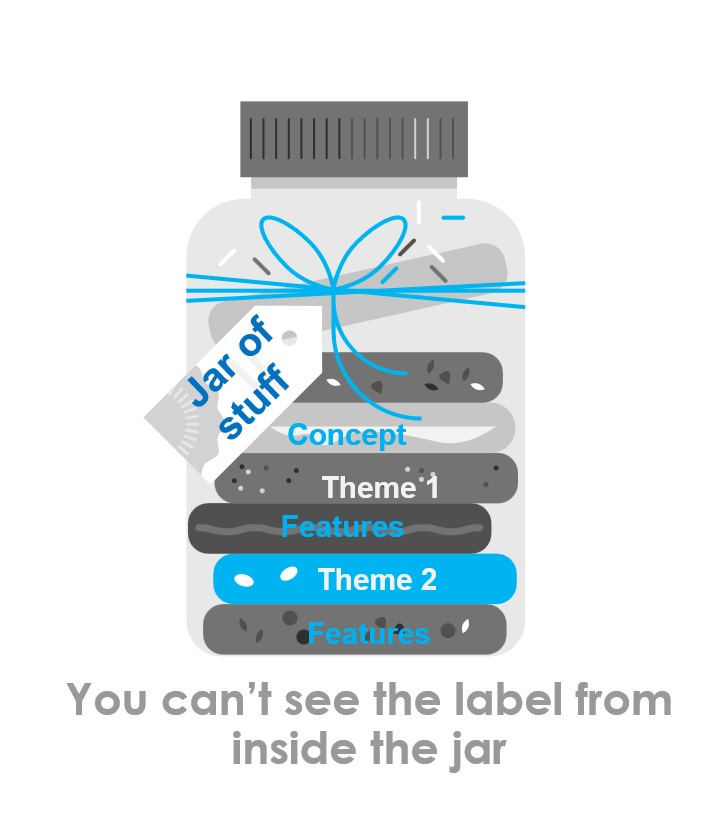Go Slow to Go Fast
Allowing time for collaboration leads to better results
This article was influenced by the Turtle's Pace newsletter. Read to the end to learn more about it.
Did you get angry at a co-worker this week? Did a colleague give you a call after a tense meeting to understand what you want? If this happened recently, you might be rushing your team to tackle a project before they are ready. Before giving up on your team, here are a few ideas to work through this disconnect.
What Leads to a Disconnect?
Product managers and leaders take time to develop a vision, roadmap, and requirements. Often this work is solitary and involves customer discovery, market analysis, and thinking time to define a concept for an exciting new product, service, or feature.
With your concept in hand, you begin discussing it with engineering, sales, marketing, and others on the product team. Initially, you have polite feedback and a few insights from the group. You refine the concept and build a business case. Soon, architects and product managers join you to define requirements and dependencies.
This is the point where the disconnects start. You have been living in your concept and it is clear that you have a winning concept. For the others on the team, the ideas seem difficult or maybe impossible. You find yourself tensely repeating your message and not making progress.
You are deep in your concept and can’t see it from the outside perspective. You are unable to see the label from inside the jar.
Slow Down When the Disconnect Hits!
After failing a few times to get the team onboard with your new concept, your efforts are better spent getting the team ready to hear your concept. You might worry about urgent deadlines and feel that a direct assault is your only option. Slowing down and finding ways to talk about problems that your concept addresses will prepare the team to listen.
Let's say you are a software product manager and you find your customers spend a lot of time configuring the same parameters every time a new application uses your software. The customers say this happens weekly and they want your software to provide more automation. You decide new policies are needed for each application so the software automatically configures the parameters.
In reviewing your concept with sales the conclusion is there are no new sales opportunities. Engineering doesn't want to do this big effort if sales can't sell it. Your competitors offer this automation. You are losing time in adding these policies. How can you overcome this disconnect?
Writing Your Point of View
Now that you have heard the root issue is the lack of sales, you need to improve the concept to address this concern. This means you need to write new material and expand on your prior writing.
Keep the conversation going with both sales and engineering on the customers' problems. Quantify the sales lost to the competition. Estimate the new sales if the problem is solved. Put your suggested solution to the side - no one wants to hear about the solution! Instead focus on writing about the business case, competitive analysis, and the market for your product.
Whole Product Thinking
As you re-work the business case for your concept and take in the perspectives of your stakeholders, you notice several product components are affected by adding policies. Both the front-end and the back-end software have to change for the new policy database. The User Experience and the API teams need to implement a new customer workflow with policies. These changes also need extensive system testing as well as a few customer trials of the new software release.
While there is more change than you first expected, you find the whole team is enthusiastic about implementing policies. The product team actually had no idea how much extra manual effort your customers have in adding new applications. By slowing down you have enabled the whole product team to:
See how customers are struggling with your product
Realize your competition is looking attractive to customers
Understand the impact on the sales forecast
Your extra work on communicating about your customers’ problems and quantifying the loss of sales has made the product team eager to add policies. The new solution from the team is much better than your original concept.
Conclusion
You got the buy-in through slow and methodical collaboration. Waiting for the whole team to catch up to you has resulted in a solution that is ahead of the competition and solves a significant customer problem. There is no need to get upset when your team doesn’t understand your concept. Simply slow down, re-work your concept and collaborate on a quality solution.
Thank you to Justin Anderson for the collaboration on this week’s newsletter. His newsletter, Turtle's Pace, inspires the creative side of product leaders. Justin writes about clear thinking and creative processes. Recent articles from Justin that are useful for product leaders are:
Thinking Caps - how to think about your challenges from multiple perspectives
Going Reptilian - nurturing your ideas the reptilian way
Seven Puzzles - a creative way to work on challenges





Excellent ! Thank you for sharing.
Great post :)